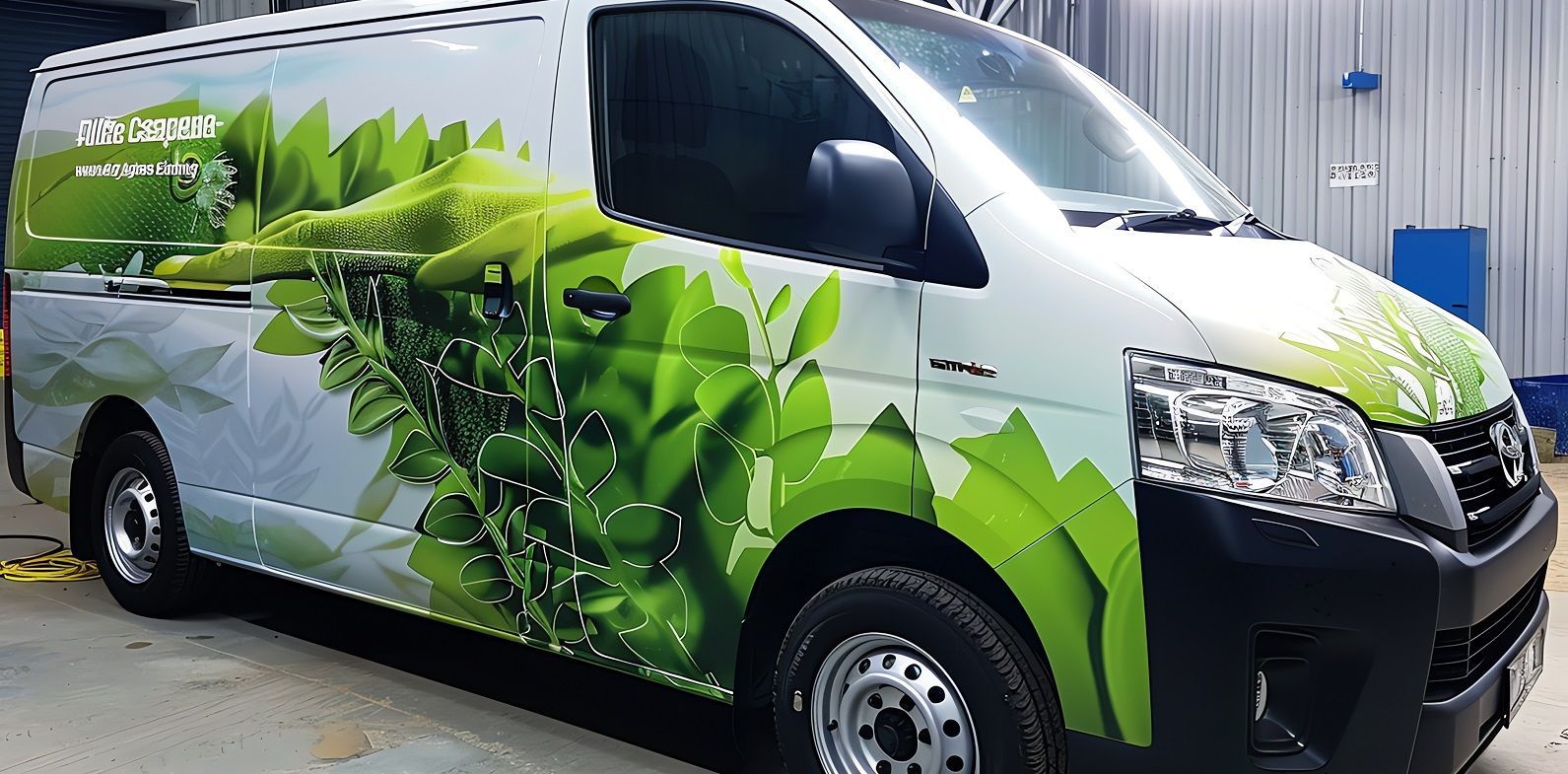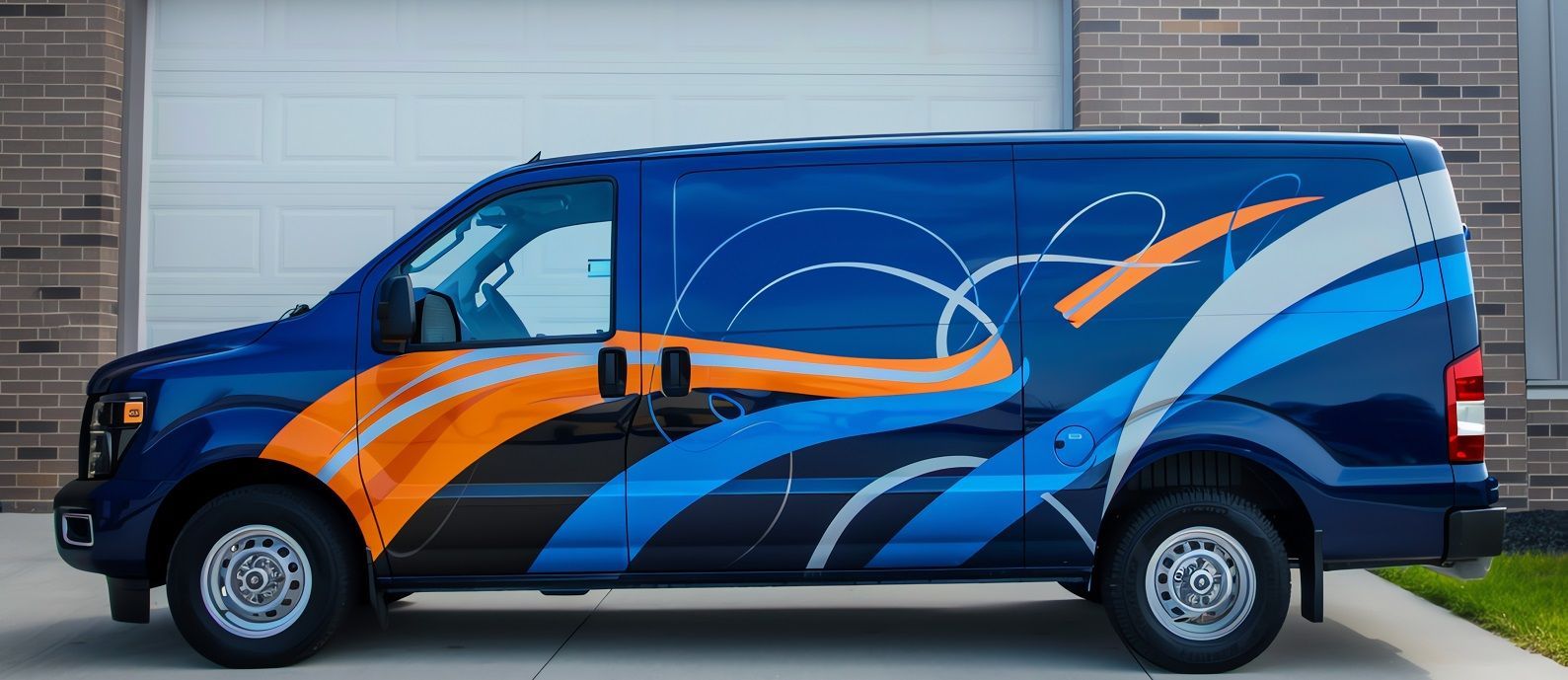6410 Beach Blvd Suite 1, Jacksonville, FL 32216
What Is a Building Wrap and Why Use One?
In the dynamic world of construction and architecture, building wraps have emerged as an indispensable component. They are not just a trend but a necessity for modern construction projects aiming for longevity and efficiency. But what exactly is a building wrap, and why should you consider using one? In this article, we'll delve into the intricacies of building wraps, explore their myriad benefits, and discuss how they can significantly enhance your construction projects.
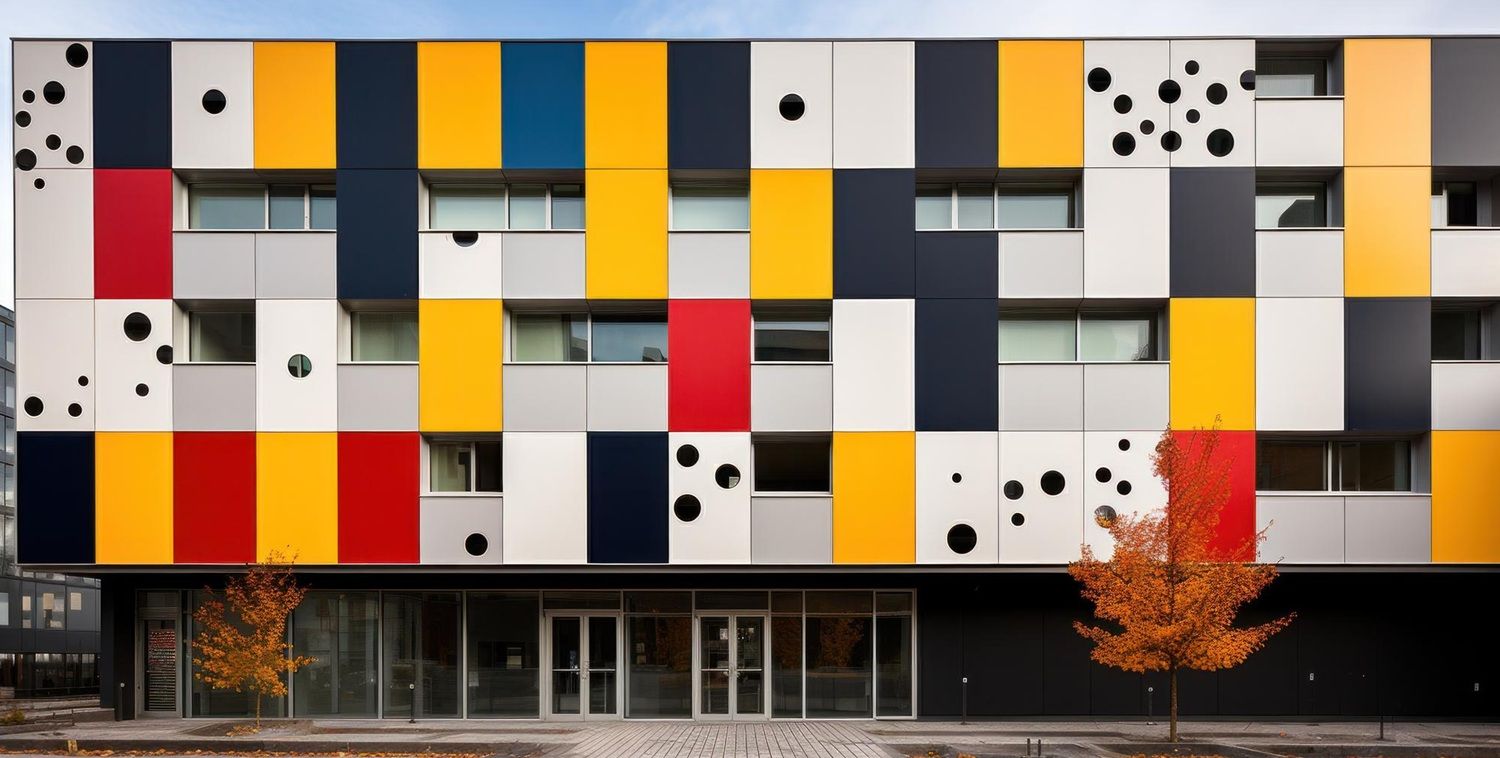
Understanding Building Wraps
A building wrap, sometimes referred to as house wrap, is an engineered material used to protect buildings from environmental elements. Installed over the exterior sheathing and under the siding of a building, it serves as a shield against the elements. Typically crafted from synthetic materials like polyethylene or polypropylene, building wraps act as a barrier against water and air infiltration while simultaneously allowing moisture vapor to escape, preserving the integrity of the building materials.
The importance of building wraps cannot be overstated. They play a crucial role in maintaining the structural integrity of buildings by preventing damage from water, air, and other environmental factors. Widely used in both residential and commercial construction projects, building wraps ensure that a building’s interior remains dry, insulated, and comfortable, contributing to overall building sustainability.
Types of Building Wraps
There are various types of building wraps available, each designed to meet specific needs and requirements. Understanding the differences can help in making an informed choice for your construction project:
- Polyethylene Wraps: These wraps are lightweight and flexible, making them easy to handle and install. Their excellent water resistance makes them a popular choice in residential construction, providing an effective barrier without adding unnecessary weight to the structure.
- Polypropylene Wraps: Known for their durability and strength, polypropylene wraps are ideal for commercial buildings. They offer superior protection against moisture and air infiltration, making them suitable for structures that require enhanced durability.
- Blue Skin Building Wraps: A specialized type of wrap known for its self-adhesive properties, blue skin building wraps are commonly used in areas with harsh weather conditions. They provide a robust barrier against air and water, ensuring enhanced protection and longevity in diverse climates.
Benefits of Using Building Wraps
Using building wraps in construction projects offers a multitude of benefits that contribute to the longevity and efficiency of a building. Here’s why you should consider incorporating them into your projects:
Enhanced Protection Against Water Damage
One of the primary functions of a building wrap is to act as a formidable barrier against water infiltration. By preventing water from entering the building's structure, wraps help mitigate the risk of mold, rot, and structural damage, which can be costly and time-consuming to repair. This feature is particularly crucial in areas prone to heavy rainfall or snow, where water intrusion can be a significant threat to building integrity.
Moreover, by safeguarding against water damage, building wraps help maintain the aesthetic appeal of the building's exterior. Moisture can lead to unsightly stains and deterioration of exterior finishes, which wraps effectively prevent, keeping your building looking pristine for longer.
Improved Energy Efficiency
Building wraps are instrumental in enhancing a building's energy efficiency. By reducing air leakage, they help maintain a consistent indoor temperature, reducing the reliance on heating and cooling systems. This not only leads to lower energy bills but also results in a smaller carbon footprint, aligning with green building practices and sustainability goals.
In addition to energy savings, the consistent indoor environment provided by building wraps enhances occupant comfort. By minimizing drafts and temperature fluctuations, building wraps contribute to a more stable and comfortable indoor climate, which is particularly valuable in regions with extreme temperature variations.
Extended Building Lifespan
By protecting the building's structure from moisture and air infiltration, building wraps help extend the lifespan of the building. They prevent the deterioration of materials, ensuring that the building remains sound and stable for years to come. This longevity is a significant advantage, offering peace of mind for building owners and reducing the frequency and cost of repairs and renovations.
Additionally, the use of building wraps can enhance the resale value of a property. Prospective buyers are often willing to pay a premium for buildings that demonstrate superior protection and longevity, making building wraps a wise investment for property developers and owners alike.
Cost-Effective Solution
While building wraps may seem like an additional expense initially, they prove to be a cost-effective solution in the long run. By preventing damage and improving energy efficiency, they help reduce maintenance and repair costs over the building's lifespan. Furthermore, their installation is relatively straightforward, saving on labor expenses and minimizing construction time.
The initial investment in building wraps can also be offset by potential savings in insurance premiums. Structures with enhanced protection against environmental elements may qualify for lower insurance rates, providing additional financial benefits to building owners.
Building Wrap Installation
Installing a building wrap is a crucial step in the construction process, and it requires careful attention to detail to ensure maximum effectiveness. Here's a basic guide to the installation process:
Step 1: Prepare the Surface
Before installation, it is essential to ensure that the surface is clean and dry. Remove any debris, dust, or moisture that could interfere with the adhesion of the wrap. A clean surface ensures that the wrap adheres properly, providing a continuous and effective barrier against the elements.
Proper preparation also involves checking the integrity of the exterior sheathing. Any damages or irregularities should be repaired before applying the wrap to ensure a smooth and secure installation.
Step 2: Unroll and Position the Wrap
Start by unrolling the wrap and positioning it over the building's exterior. Ensure that the wrap is aligned properly and overlaps at the seams to provide a continuous barrier. Overlapping is crucial as it prevents gaps that could allow air or water infiltration, undermining the effectiveness of the wrap.
During this step, it's important to work methodically to avoid wrinkles or bubbles, which could compromise the wrap's protective capabilities. A smooth application ensures optimal performance and longevity.
Step 3: Secure the Wrap
Use nails, staples, or adhesive tape to secure the wrap in place, paying special attention to the edges and corners, as these areas are most prone to air and water infiltration. Properly securing the wrap ensures that it remains in place under various environmental conditions, maintaining its protective qualities.
In addition to fastening, it's advisable to inspect the secured wrap for any signs of damage or misalignment, addressing any issues immediately to ensure a seamless installation.
Step 4: Seal the Seams
To ensure maximum protection, seal all seams and overlaps with adhesive tape or a compatible sealant. This step is crucial in preventing air and water from penetrating the wrap. A well-sealed wrap enhances its barrier properties, providing comprehensive protection against environmental challenges.
Sealing also contributes to the aesthetic appeal of the installation, creating a neat and professional finish that supports the overall quality of the construction project.
Step 5: Install Siding
Once the wrap is securely in place, proceed with the installation of the building's siding. The siding will provide additional protection and enhance the building's aesthetic appeal, complementing the functional benefits provided by the building wrap.
Proper siding installation is essential, as it works in tandem with the building wrap to create a cohesive and effective environmental barrier, ensuring the longevity and performance of the building's exterior.
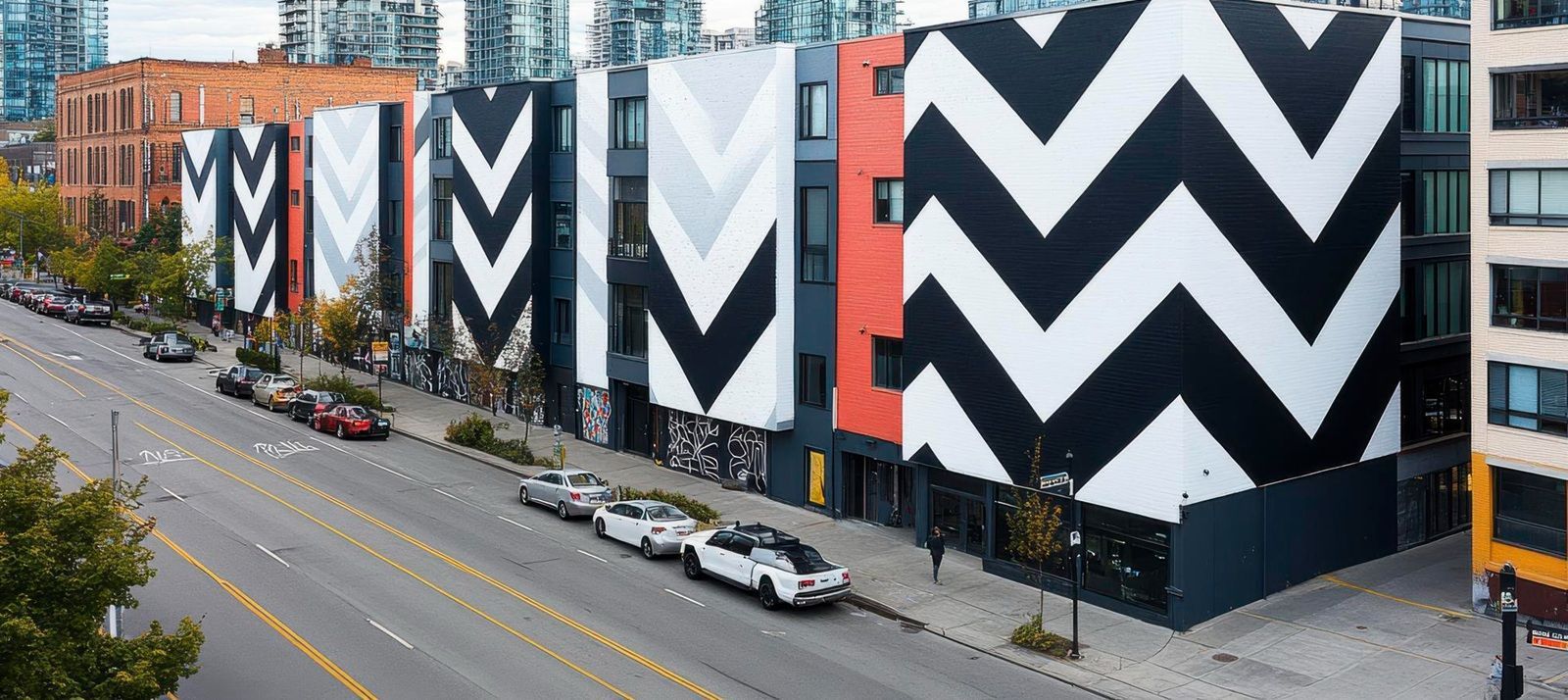
Blue Skin Building Wrap: A Closer Look
Blue skin building wraps are a popular choice for projects requiring extra protection against harsh weather conditions. Here’s what sets them apart:
Self-Adhesive Properties
Blue skin building wraps feature a self-adhesive layer that simplifies the installation process. This adhesive quality ensures a tight seal, reducing the risk of air and water infiltration. The ease of application provided by the self-adhesive layer also reduces labor time and costs, making it an attractive option for many builders.
Additionally, the self-adhesive nature of blue skin wraps allows for a more flexible installation process, accommodating various building shapes and designs without compromising on protection.
Superior Durability
Designed to withstand extreme weather conditions, blue skin wraps offer exceptional durability. They are resistant to tearing, punctures, and UV exposure, making them ideal for long-term use. This durability ensures that buildings remain protected even in the most challenging environmental conditions, providing peace of mind for property owners.
Furthermore, the robust nature of blue skin wraps makes them suitable for high-traffic areas, where additional durability is essential to withstand frequent wear and tear.
Versatile Applications
Blue skin building wraps are suitable for a wide range of applications, including residential, commercial, and industrial projects. Their versatility makes them a preferred choice for builders and architects seeking reliable and adaptable solutions for diverse construction needs.
This versatility extends to retrofitting projects as well, where blue skin wraps can be applied to existing structures to enhance their protective capabilities, demonstrating their adaptability and wide-ranging benefits.
Conclusion
Incorporating building wraps into your construction projects is a wise investment that offers numerous benefits. From enhanced protection against environmental elements to improved energy efficiency and extended building lifespan, building wraps are a valuable addition to any building project.
At DYNAMIC DESIGNS, we specialize in providing high-quality building wraps for construction projects. Whether you opt for standard polyethylene or polypropylene wraps, or the specialized blue skin building wraps, you’ll be ensuring that your building is well-protected and built to last.
As construction practices continue to evolve, building wraps remain a key component in creating durable and efficient structures.
So, if you're planning a construction project, consider the advantages of building wraps and make them an integral part of your building strategy. Your future self—and your building—will thank you for it. By choosing to incorporate building wraps, you are investing in the long-term durability, sustainability, and efficiency of your construction endeavors, ensuring they stand the test of time.
Contact DYNAMIC DESIGNS today for a freeestimate, and let us help you protect and enhance your construction project with the best building wraps available!


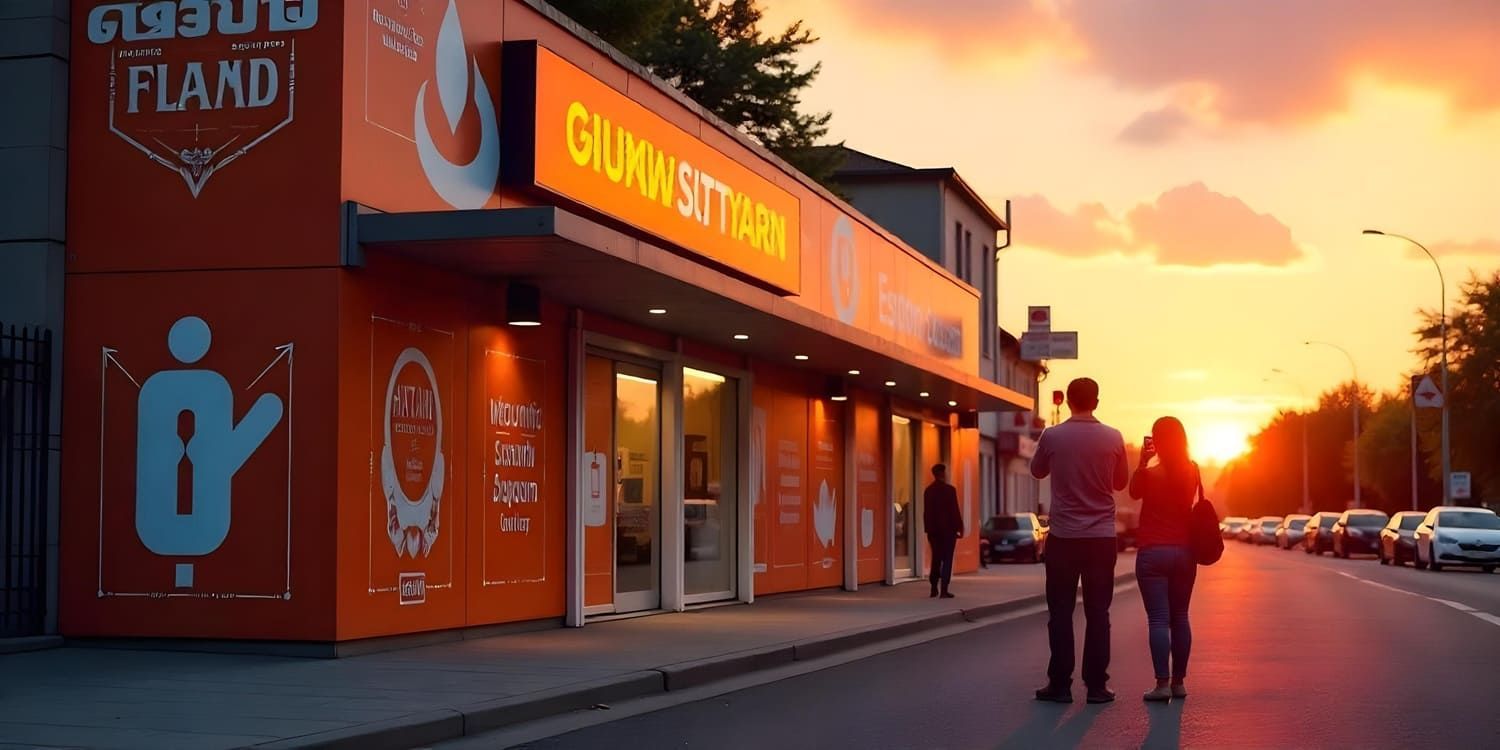
BUSINESS HOURS
Monday to Friday: 9am - 5pm
Saturday to Sunday: CLOSED



